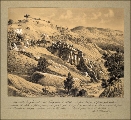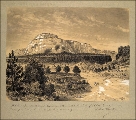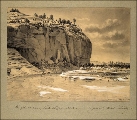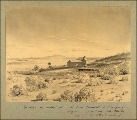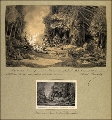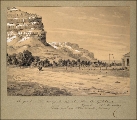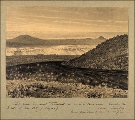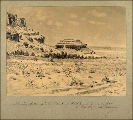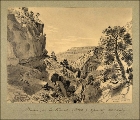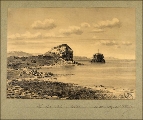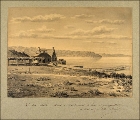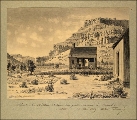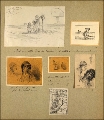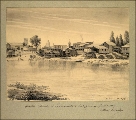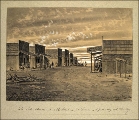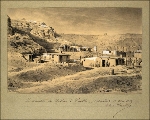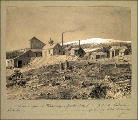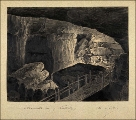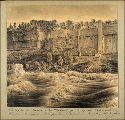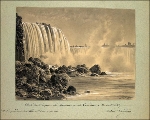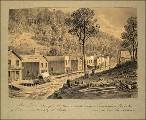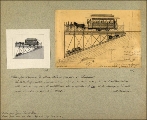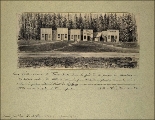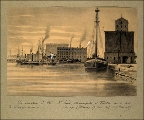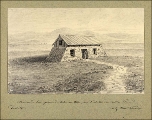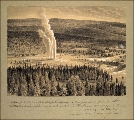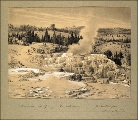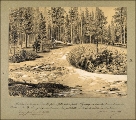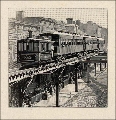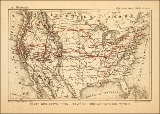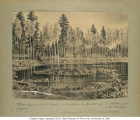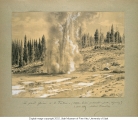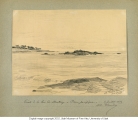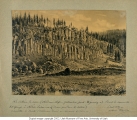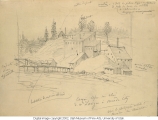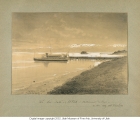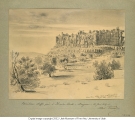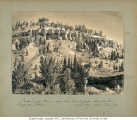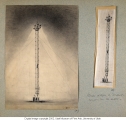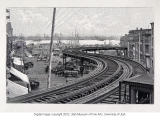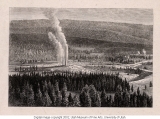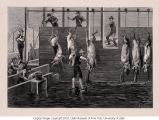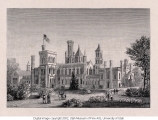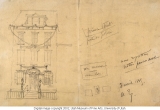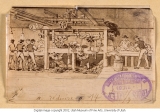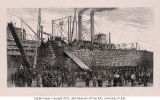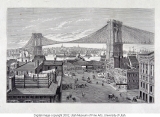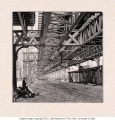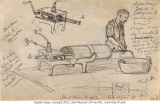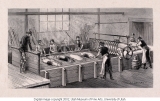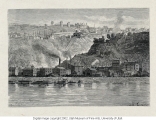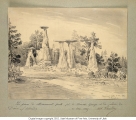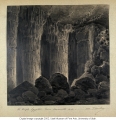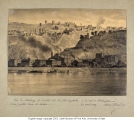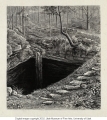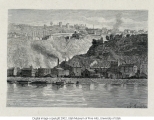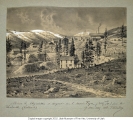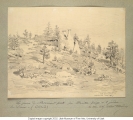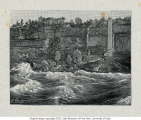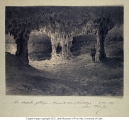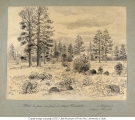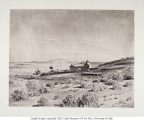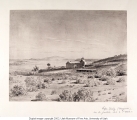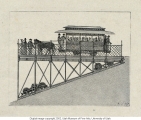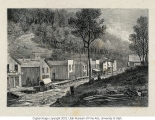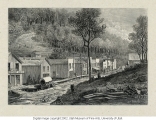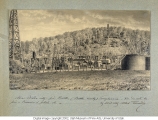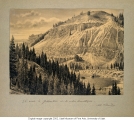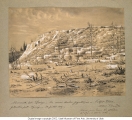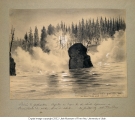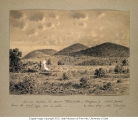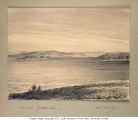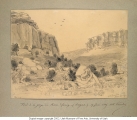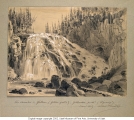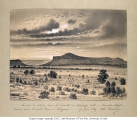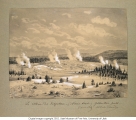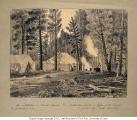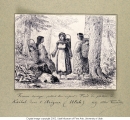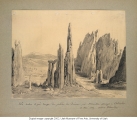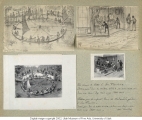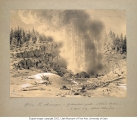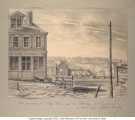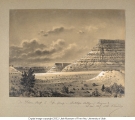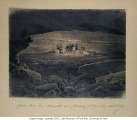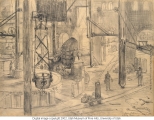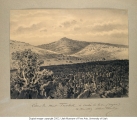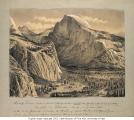| Identifier |
1978_305a_thirdChestnut.jpg |
| Title |
Third and Chestnut Street, Philadelphia |
| Alternate Title |
Third street et Chestnut street à Philadelphie |
| Artist's Notation |
"Dessin paru dans la Nature 19 Xbre 1885, No 655." |
| Creator |
Tissandier, Albert 1839-1906 |
| Subject |
Cities & towns--Pennsylvania--Philadelphia--1880-1890; Utility poles--Pennsylvania--Philadelphia--1880-1890; Telegraph lines--Pennsylvania--Philadelphia--1880-1890; Telephone lines--Pennsylvania--Philadelphia--1880-1890; Street railroads--Pennsylvania--Philadelphia--1880-1890 |
| Published Location |
This image, engraved by H[enri] Thiriat, was published in La Nature, no 655 (19 Dec 1885), as figure 1 (p. 44), to accompany the second installment of Albert Tissandier's "Lettres d'Amérique", with the caption "Les fils électriques aériens, à Philadelphie.--Angle de Chestnut Street et de Third Street. (D'après nature.)" http://cnum.cnam.fr/CGI/fpage.cgi?4KY28.26/48/100/432/0/0 The same image appears as figure 6 (p. 19) in Tissandier's book Six mois aux États-Unis : voyage d'un touriste dans l'Amérique du nord suivi d'une excursion à Panama (Paris : G. Masson, [1886]), with the caption "Les fils aériens de Philadelphie. Angle de Chestnut Street et de Third Street (d'après nature)". Associated text (p. [17]): "Un dimanche, à Philadelphie, n'est pas une chose absolument gaie, il s'en faut. 900,000 habitants sont chez eux, retirés et tranquilles, les rues sont presque désertes: c'est un vaste cimetière! Dans les principales voies cependant les tramways courent encore, et à la sortie du Temple on voit quelques personnes se hâtant de rentrer chez elles. Sous les nombreux fils télégraphiques, téléphoniques et autres, les rayons du soleil ne sauraient vous atteindre. Les ombrages de fils métalliques les plus épais sont situés à l'angle de Chestnut Street et de Third Street. Les poteaux télégraphiques remplacent les arbres, les feuilles vert tendre du printemps sont représentées par les isolateurs de verre ou de porcelaine perchés sur leur tige de bois. Ils maintiennent l'immense toile d'araignée formée par les innombrables fils de fer (fig. 6)." Reproduced in the exhibition catalog, Albert Tissandier : Drawings of nature and industry in the United States, 1885, by Mary F. Francey ([Salt Lake City, UT] : Utah Museum of Fine Arts, 2001), p. 19. |
| Related Image |
For the engraving done by Henri Thiriat from this drawing see http://content.lib.utah.edu/cgi-bin/docviewer.exe?CISOROOT=/UMFA&CISOPTR=209&CISOSHOW=122 |
| Short Essay |
The life of nineteenth century Philadelphia is captured and frozen in time by Albert Tissandier's drawing of the busy intersection at Third and Chestnut Street. An important industrial center, Philadelphia played a central role in the history of the United States. It is the country's first capital and its largest colonial city during the eighteenth and nineteenth centuries. The first hospitals and medical research schools were located in Philadelphia, and the nation's first newspapers were printed there. This drawing calls particular attention to Albert Tissandier's high regard for American technical and scientific achievements. Electric light poles and the pattern of wires that dominate this composition that this city is affirmation of the inordinate amount of electrical power needed by the city to maintain the large number of businesses and industries located here. Evidence of Philadelphia's large business district is shown in the corner building that houses the Postal Telegraph and Cable Company. These businesses reflect the artist's awareness of, and interest in, the latest developments in communication. An entry in Tissandier's journal reads: "Telegraph poles replace trees, tender green leaves of spring are represented by glass or porcelain isolators perched on their wooden rods which hold in place the immense spider web formed by these innumerable iron wires. Shops on the street appear open because there are no shutters so windows are brilliant and adorned just as they are during weekly business hours. This measure may deter thieves and, in addition at night a light is placed at the back of the shop so police might easily discern a malevolent presence. Certainly the recent theft of a Parisian jeweler on the Avenue l'Opera could not have happened in Philadelphia for if the shutters on the jeweler's shop had been removed, our police could have seen the nocturnal endeavors of the Parisian burglars." Notation of the "brilliant windows" is further evidence of Tissandier's unfamiliarity with the potential of electric lighting to illuminate the city at night, keep window displays visible after shops were closed, and to deter criminals. The organized multitude of wires in the drawing can also be seen as indication of the artist's interest in this power source that had not yet made significant impact on life in France. The trolley car in the center of the composition shows how transportation to and from the hub of activity was facilitated. Sidewalks are filled with the daily crowd of shoppers and vendors, all dominated by the architecture of an urban environment. His drawings emphasized the observable results of American industry which, in his estimation, surpassed European technical achievements at that time. |
| Publisher |
Utah Museum of Fine Arts |
| Contributors |
Mary F. Francey |
| Date |
1885-04 |
| Type |
Image |
| Format |
application/pdf |
| Source |
Albert Tissandier: Drawings of Nature and Industry in the United States |
| Language |
fra |
| Rights Management |
Digital image c2001 Utah Museum of Fine Arts, University of Utah |
| Source Physical Dimensions |
39.37 cm High x 31.12 cm Wide |
| Source Characteristics |
Graphite and brush applied ink on paper |
| Light Source |
Kaiser Softlite ProVision 6x55W flourescent 5400K daylight |
| Archival Resolution |
TIFF: 3678 x 4802 pixels |
| Display Resolution |
JPEG: 900 x 736 pixels |
| Bit Depth |
36-bit color |
| Scanning Device |
Leica S1 Pro scanning camera; Hasselblad CFi 50mm F/4 lens; f/11 |
| Exhibit Catalog |
ISBN: 0-9657215-0-7; Library of Congress Catalog Number: 2001094211 |
| Setname |
uu_umfa_at |
| ID |
415824 |
| Reference URL |
https://collections.lib.utah.edu/ark:/87278/s6bk1cds/415824 |

